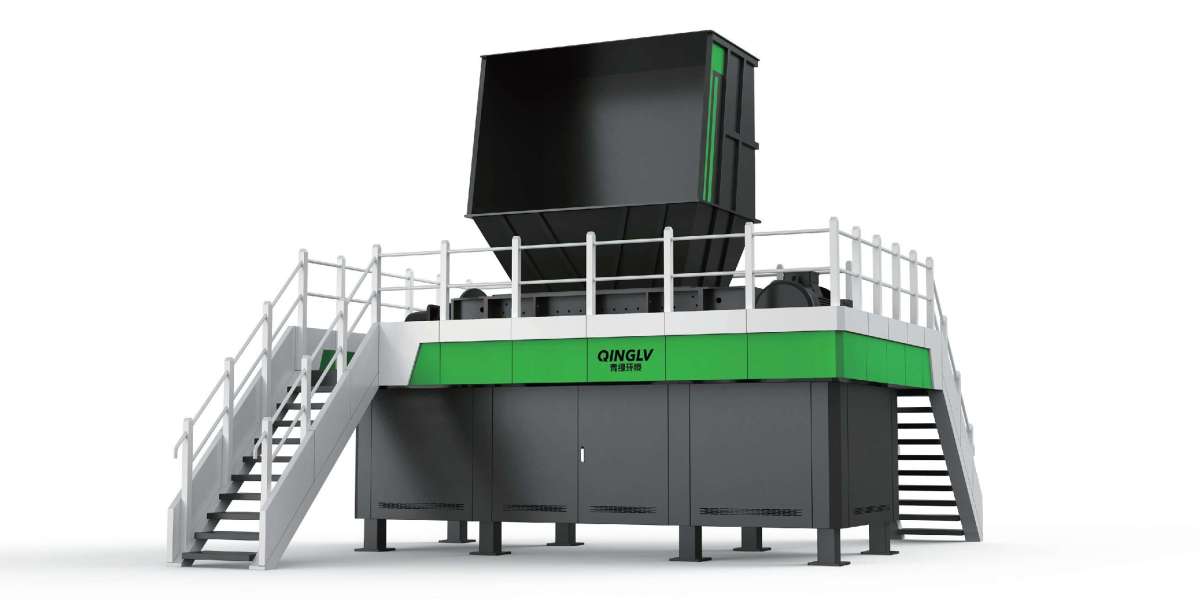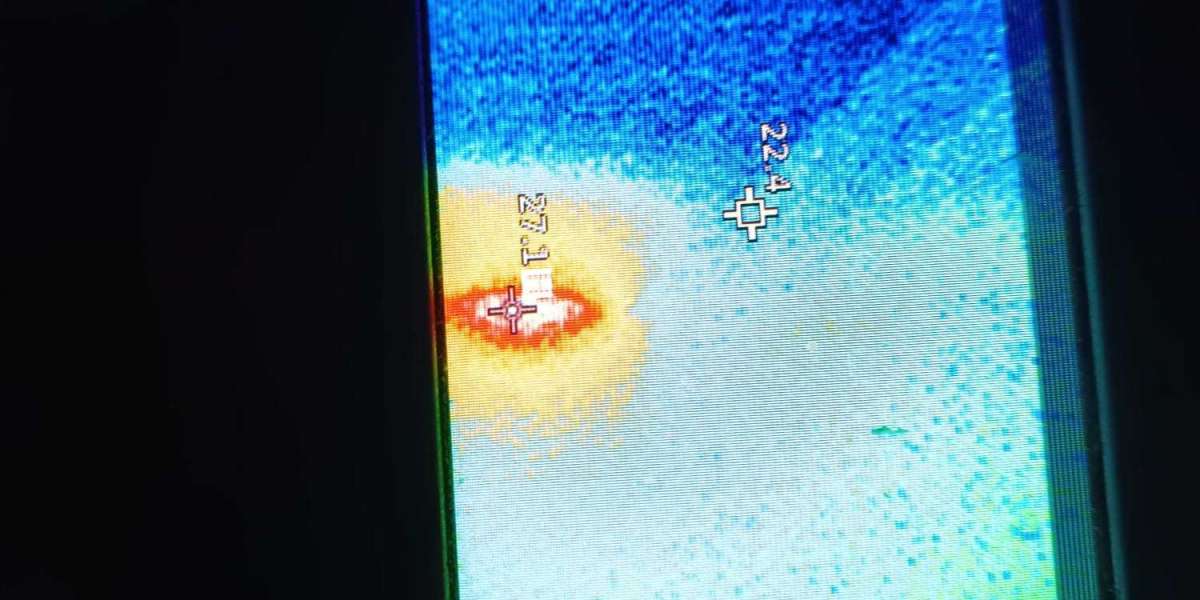Blade wear monitoring is an important early warning mechanism for bag breaker machine maintenance. Its purpose is to detect wear problems in advance and take corresponding measures by monitoring the blade wear status in real time, thereby ensuring the normal operation of equipment, improving production efficiency and product quality. The following provides a detailed explanation of the warning mechanism for blade wear monitoring in bag breaker machine maintenance from multiple perspectives:
1. Classification and application of blade wear monitoring technology
Blade wear monitoring technology is mainly divided into two methods: direct monitoring and indirect monitoring. Direct monitoring methods include optical imaging, contact resistance, and radiometric methods, but these methods typically require shutdown detection and are susceptible to environmental factors such as cutting fluid and light interference. Indirect monitoring technology utilizes sensors to collect indirect information such as vibration, sound, and current signals. By analyzing the mapping relationship between these signals and tool wear, the tool wear status can be determined. This method does not require downtime and can achieve online real-time monitoring.
2. Application of vibration signal analysis in blade wear monitoring
Vibration signal is one of the most commonly used signals in blade wear monitoring. Research has shown that blade wear can cause changes in the frequency and amplitude of vibration signals. For example, power spectrum analysis of vibration signals shows significant differences in peak distribution between new and worn blades at different frequencies, providing a basis for tool breakage identification based on vibration signals. In addition, vibration signals can be analyzed through time-domain, frequency-domain, and time-frequency domain feature extraction to construct predictive models and achieve accurate assessment of tool wear status.
3. The role of sound signals in blade wear monitoring
Sound signals are another important monitoring method. When the blade wears or breaks, the sound signal generated during the cutting process will change, such as harsh or abnormal sounds, which usually indicate that the tool is about to break. Acoustic emission (AE) signals are widely used in tool wear monitoring due to their fast response speed and high sensitivity.
4. Current signal and motor current monitoring
Tool wear can cause changes in cutting force, which in turn affects the output torque and current signal of the motor. By monitoring the changes in motor current, the wear status of the cutting tool can be indirectly determined. This method has the advantages of strong real-time performance and wide adaptability, especially suitable for light load monitoring in the machining process.
5. Application of multi-sensor fusion technology
In order to improve the accuracy and reliability of blade wear monitoring, multi-sensor fusion technology has gradually become mainstream. By combining various signals such as vibration, sound, and current, the tool wear status can be more comprehensively reflected. For example, methods based on the fusion of vibration and current signals can effectively reduce the limitations of a single signal and improve the accuracy of prediction models.
6. Intelligent prediction model and real-time warning system
The blade wear monitoring system usually includes three steps: data acquisition, feature extraction, model training, and prediction. By establishing wear prediction models (such as ANFIS, neural networks, etc.), the degree of tool wear can be evaluated in real time, and warnings can be triggered when the set threshold is reached. For example, a research team has developed a real-time warning system based on vibration signals, which can analyze the vibration signals to determine whether the tool needs to be replaced and provide life prediction.
7. Practical application cases
In actual production, many devices have integrated blade wear monitoring functions. For example, the PCMC Xcut paper cutter is equipped with blade edge sensors and integrity sensors, which can measure the blade diameter in real time and automatically adjust the sharpening depth. In addition, some CNC machine tools also integrate online monitoring systems based on vibration and current signals, which can issue alarms before tool wear, avoiding equipment failures and production interruptions caused by tool damage.
8. Future development direction
With the development of artificial intelligence and big data technology, blade wear monitoring technology is moving towards a more intelligent and precise direction. For example, deep learning based convolutional neural networks (CNN) have been used to automatically identify tool wear types and optimize machining parameters by combining wear compensation functions. In addition, multi-sensor fusion technology and real-time data analysis will further enhance the performance of monitoring systems.
Blade wear monitoring is an important early warning mechanism for bag breaker machine maintenance. Through comprehensive analysis of various signals such as vibration, sound, and current, combined with intelligent prediction models and real-time warning systems, it can effectively improve equipment operating efficiency and product quality, reduce production costs and downtime.








